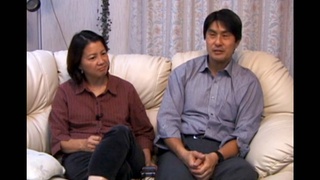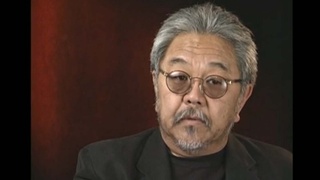Interviews
Leaving for the States without telling my parents (Japanese)
(Japanese) It was 1992, so about 15 years ago I first came to this country. I think my father came from a very, very traditional Japanese household. So of course he doesn’t cook, and he’s the type of person who would tell my mother, “Hey, bring it over,” when he needed an ash tray. He wanted me to become happily married with a Japanese man through an arranged marriage, but I didn’t let it turn out that way, so I bet he was really, really angry with me. So mad that I couldn’t even talk to him. My mother used to teach at a junior high school. And even though my mother does have a strong personality, she’s not the type of person who would talk back to my father like I would. She just keeps quiet and bears through it. I see that as one of her strengths. Anyway, it’s funny when I think about it now, but I secretly prepared for my departure, not telling anybody until the very last minute; I sent a letter to my parents from the airport, telling them that I was leaving for America. Honestly, it was like I ran away from home. I’m sure my parents were shocked [laughs]. But I don’t think I would’ve been able to make it over here had I not done something drastic like that.
Date: March 1, 2007
Location: California, US
Interviewer: Yoko Nishimura
Contributed by: Watase Media Arts Center, Japanese American National Museum
Explore More Videos




Family interrelations between mother and father
(1926 - 2012) Scholar and professor of anthropology. Leader in the establishment of ethnic studies as an academic discipline


Going back to Hawaii
An expert researcher and scholar on Japanese immigrant clothing.

Picture brides and karifufu
An expert researcher and scholar on Japanese immigrant clothing.

Grandmother's influence on decision to go to Japan
(b.1942) Japanese American ceramist, who has lived in Japan for over 30 years.

Impression of Japan upon arrival
(b.1935) American born Japanese. Retired businessman.

Working at the magazine
(b.1948) Nikkei from Southern California living in Japan.

Kibei schoolchildren in Hiroshima, Japan
(b.1913) Kibei from California who served in the MIS with Merrill’s Marauders during WWII.

The reason he came to the United States (Japanese)
(1949 - 2019) Taiko player. Founded five taiko groups in Southern California

Grandfather's arrival in the U.S., experiencing discrimination
(b. 1939) Japanese American painter, printmaker & professor

Mother's immigration to U.S. as a treaty merchant
(b. 1927) Japanese American Nisei. Family voluntarily returned to Japan during WWII.

Why her parents came to Canada
(1918-2004) Interned in Slocan during World War II. Active member of the Japanese Canadian community.
